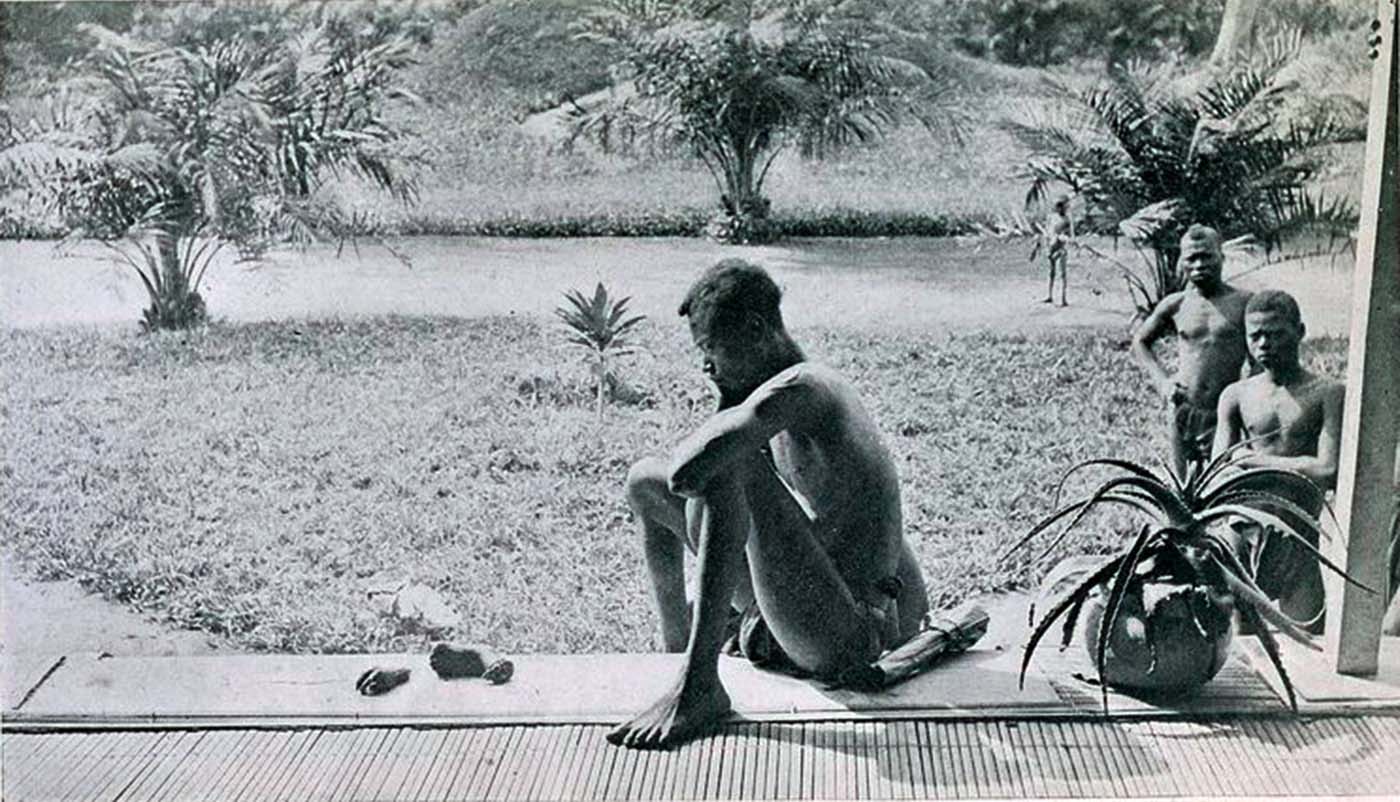In 1904, a photograph shook the world and exposed the brutal reality of the Belgian Congo under King Leopold II’s rule. This haunting image shows a father staring at his five-year-old child’s severed hand and foot, a cruel punishment for failing to meet the daily rubber quota.
The Rubber Quota
A Ruthless Demand During the late 19th and early 20th centuries, the Belgian Congo was a significant source of rubber for the rapidly expanding European market. King Leopold II imposed a daily rubber quota on the local Congolese population to meet the growing demand. Failing to meet this quota meant severe consequences for the laborers and their families.
Forced labor, abuse, and exploitation were rampant as the Congolese people were pushed to their limits to meet their insatiable appetite for rubber. The punishments for failing to meet the quotas were designed to instill fear and ensure obedience.
The Tragic Story Behind the Photograph

The photograph in question, taken by missionary Alice Seeley Harris in 1904, captures the heart-wrenching moment of a father named Nsala gazing at the severed hand and foot of his five-year-old daughter, Boali. This cruel act was carried out by the Force Publique, a military force established by King Leopold II to maintain order in the Congo Free State.
Nsala’s pain and grief are palpable in the image, capturing the unimaginable horror faced by countless Congolese families during this time. It is a stark reminder of the cruelty that can arise from unchecked power and greed, and it serves as a testament to the suffering endured by the Congolese people under King Leopold II’s rule.
The photograph of Nsala and his daughter’s severed hand and foot significantly exposed the atrocities committed in the Belgian Congo. Alice Seeley Harris, along with other missionaries and whistleblowers, used the image to raise awareness about the abuses suffered by the Congolese people.
This image, along with other reports and photographs, sparked international outrage and led to the formation of the Congo Reform Association, which worked to end the brutal exploitation in the Congo. The mounting pressure eventually forced King Leopold II to relinquish his control over the Congo Free State, officially annexed by Belgium in 1908.


